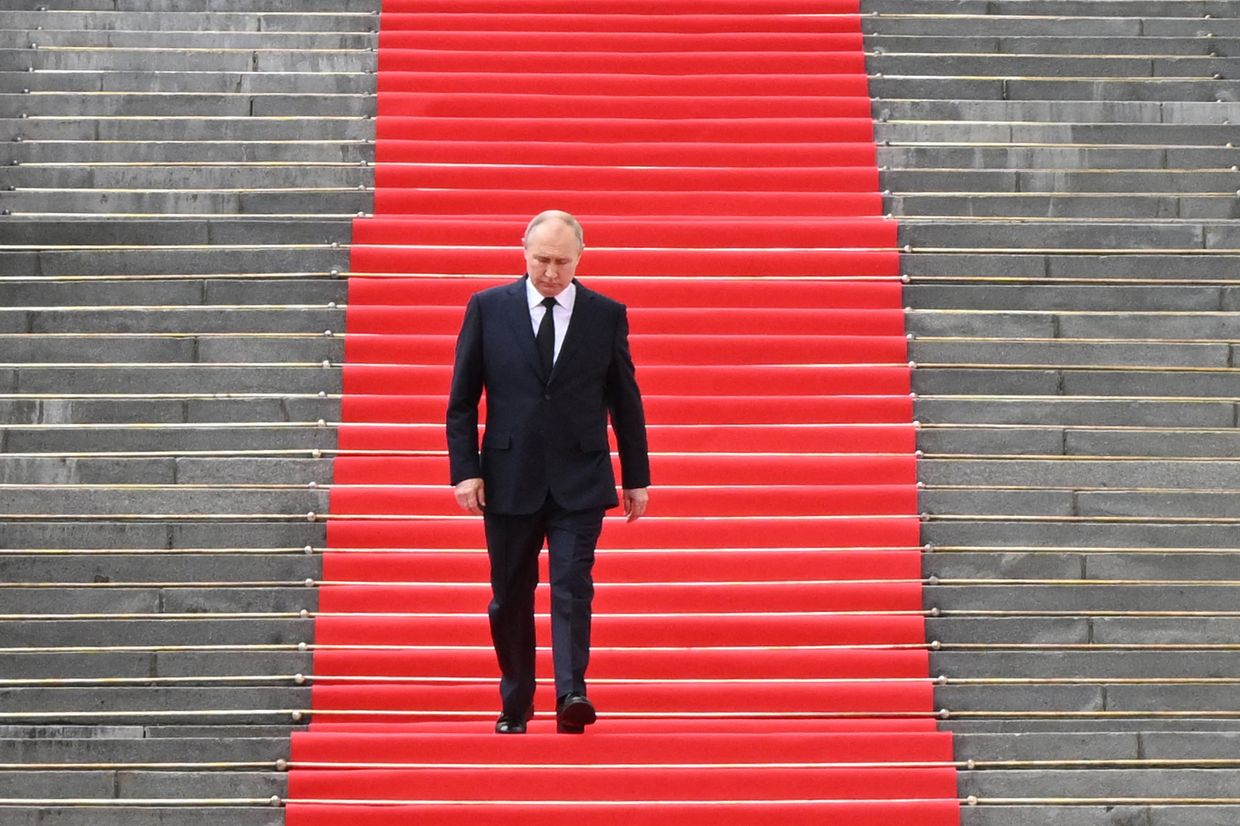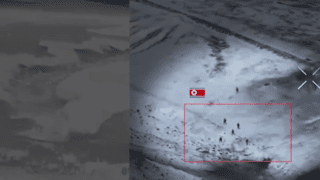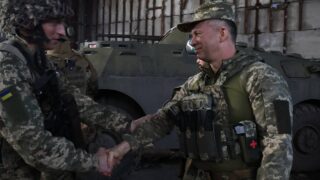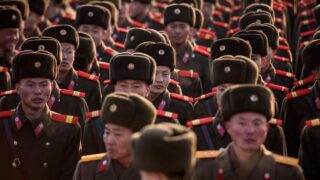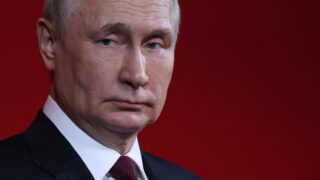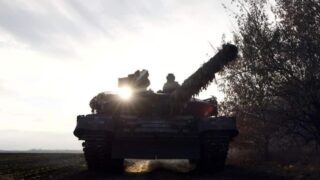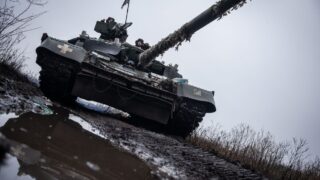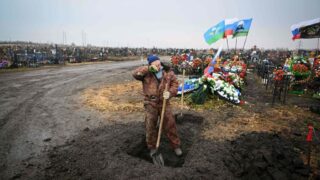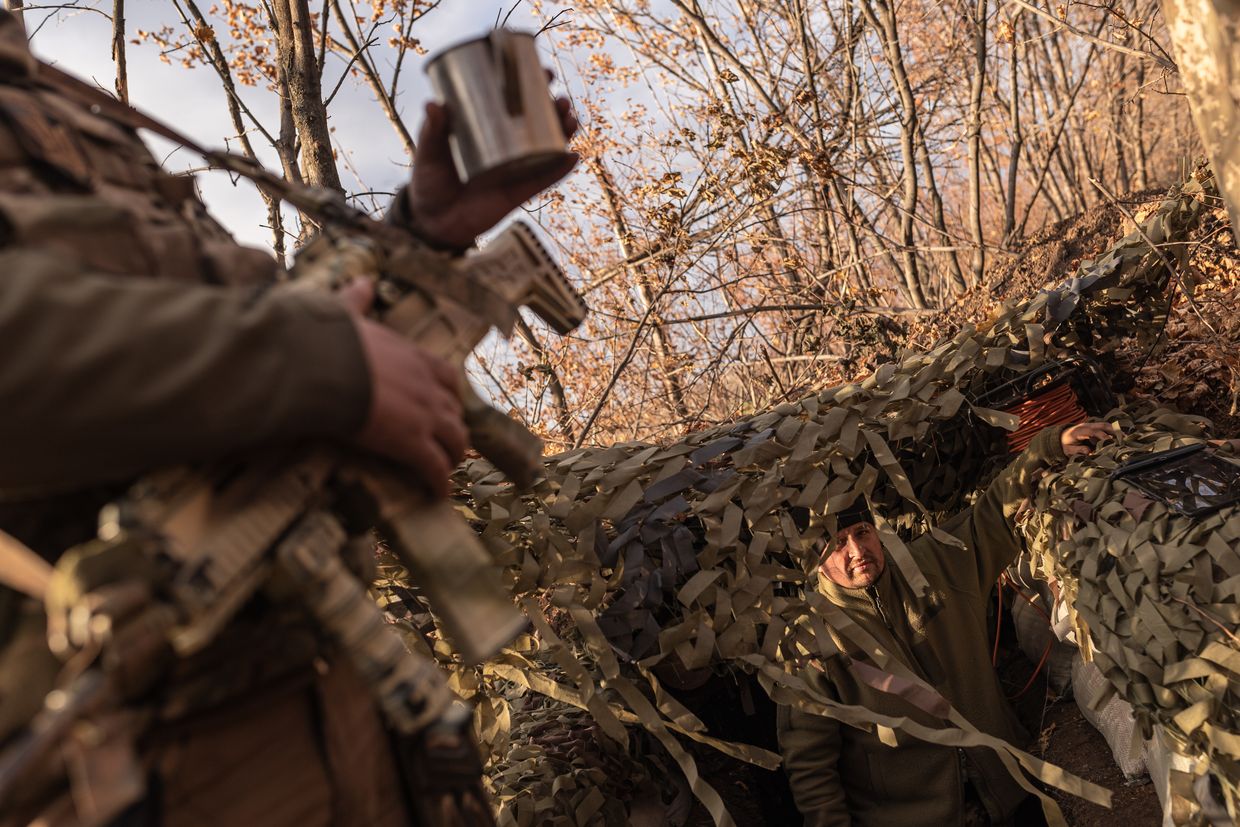
Russia's reported daily losses in Ukraine pass 2,000 for the first time
Russia's daily losses in Ukraine surpassed 2,000 for the first time, according to figures released by Kyiv on Nov. 29.
According to the General Staff of Ukraine's Armed Forces, Moscow's troops lost 2,030 men over the preceding day.
This surpasses the previous record of 1,950 set on Nov. 12. The total figure stands at 738,660.
The figures do not specify killed or wounded, though the overall consensus is that it includes dead, wounded, missing, and captured. They are broadly in line with estimates from Western nations.
Ukraine has largely avoided revealing the full extent of its military casualties. President Volodymyr Zelensky acknowleded only in February that 31,000 Ukrainian fighters have been killed.
But estimates by The Economist published on Nov. 26 said between 60,000 to 100,000 Ukrainian soldiers have been killed in the full-scale war, and 400,000 more are too injured to fight on.
The Economist wrote that Russia and Ukraine lost a greater share of their population than the U.S. during the Korean and Vietnam wars combined.
Almost one in 20 Ukrainian fighting-age men have been killed or injured because of the war, The Economist wrote.
It based its calculations on leaked or published intelligence reports, defense officials, researchers, and open-source intelligence.
In September, the Wall Street Journal provided similar estimates, positing that Ukraine had lost 80,000 soldiers killed and 400,000 wounded. The outlet estimated Russia's losses at up to 200,000 killed and 400,000 injured.
The exact figures for both sides are nearly impossible to establish as Kyiv and Moscow are secretive about their casualties.
The last figure provided by Russian authorities was 5,937 killed soldiers as of September 2022.
The surge in Russian losses comes as Moscow's forces step up pressure across the front lines.
NATO allies believe that Russian President Vladimir Putin is aiming to recapture territory lost to Ukraine in Kursk Oblast before Donald Trump’s inauguration on Jan. 20.
A British defense intelligence assessment, seen by The Telegraph, warns that Russia is likely to intensify kamikaze drone attacks on Ukrainian positions, using new launch sites near the border.
Ukraine's Commander-in-Chief Oleksandr Syrskyi said on Nov. 9 that "tens of thousands of enemy soldiers from the best Russian shock units" are aiming to push Ukrainian forces out of the Russian enclave, raising concerns of a significant escalation in the war.
The Kremlin is also facing economic pressures — the purchasing power of the Russian ruble this week hit the lowest point since March 2022, as the economic toll of the full-scale invasion of Ukraine becomes glaring.
Russia's expanding spending on the war has fueled inflation, prompting Russia's Central Bank to hike its interest rate to the highest level since the early 2000s — 21 percent — to rein in consumer prices.
"Russia is currently facing an impossible economic conundrum because of the rapid increase in military expenditures and the Western sanctions," Anders Aslund, a Swedish economist specializing in post-Soviet countries, told the Kyiv Independent.
However, economists and analysts are divided on how much of an impact Russia's economic problems will have on its war effort.
